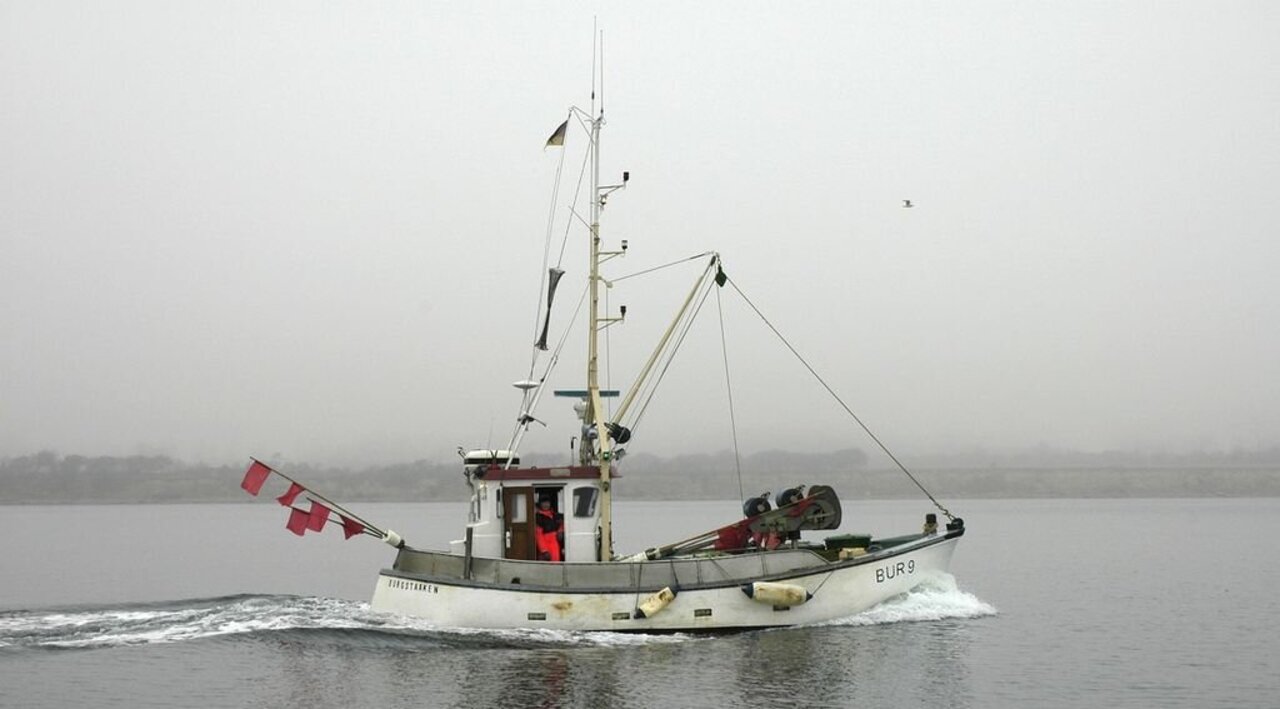Project
How big is the bycatch?

Monitoring of the bycatch of protected species in German Baltic Sea fisheries
We want to get better data, how many harbour porpoises, sea birds and protected fish species are bycaught in German Baltic Sea fisheries, especially in gill net fisheries.
Background and Objective
Fishing with set gillnets is a selective fishery, basically. But these nets are made of very thin lines, that are not only invisible for target fish, but also for other species, unfortunately. As a consequence, for example harbour porpoise or diving sea birds could be entangled and drowning in the nets. These unwanted bycatch might cause a threat for the populations concerned if too many animals are dying.
The collected data shall help to assess the impacts and potential threat that the bycatch might have on populations of the affected species.
Approach
Bycatch of harbor porpoises, seabirds and protected fish species in commercial fisheries can be determined in two different ways: In the first, scientific observers travel on enough fishing vessels that statistically valid totals for each observed fishery can be extrapolated from the observed bycatch. The problem here is that a single bycatch event on a gillnet vessel - a porpoise or seabird entangled in the net, for example - occurs very rarely overall. In other words, in order to observe a bycatch, a very large number of fishing trips must be accompanied. On the other hand, the number of gillnet vessels on the German Baltic coast is very high at around 800 to 1000 vessels. As a consequence, many observers would have to be hired in order to be able to determine statistically reliable bycatch rates. There is not enough money to do this, and these observers would also spend most of their time on board in vain. Complicating matters further is the fact that many of the set gillnet vessels are so small that they barely have room for an observer. Therefore, the Thünen Institute of Baltic Sea Fisheries has tested a second method for recording bycatch: Automatic cameras (CCTV) film the nets as they are hoisted on board and the catch is sorted. These recordings are stored together with the geographical position. Of course, this would incur costs for the camera equipment as well as for the experts who would have to evaluate the camera recordings. But these costs would be much lower than those for a sufficient number of sea observers. Before political decisions are made in favor of one method or another for recording bycatch rates, employees of our institute who examine catches on commercial fishing vessels as part of the EU data collection program also note all bycatches of protected species.
Preliminary Results
We pass on the data collected during commercial sampling to corresponding working groups of the International Council for the Exploration of the Sea (ICES). However, due to the small sample size, they are usually not sufficiently statistically valid to make extrapolations from them.
Thünen-Contact

Involved Thünen-Partners
Involved external Thünen-Partners
- Internationaler Rat für Meeresforschung (ICES)
(Kopenhagen, Dänemark)
Duration
Permanent task 1.2001 - 12.2027
More Information
Project status:
ongoing

![[Translate to English:] [Translate to English:]](/media/_processed_/d/7/csm_Startseite-OF_03_c0dfd6e750.png)
![[Translate to English:] [Translate to English:]](/media/_processed_/a/3/csm_20181116-151457-Stella-Jerome-Fischfalle-Warnem%C3%BCnde-Dorsche-im-Netzk%C3%A4fig-5691_heller_3050c72fa2.png)




